Scientists used a new, noninvasive method to successfully isolate DNA found on the prehistoric artifact.
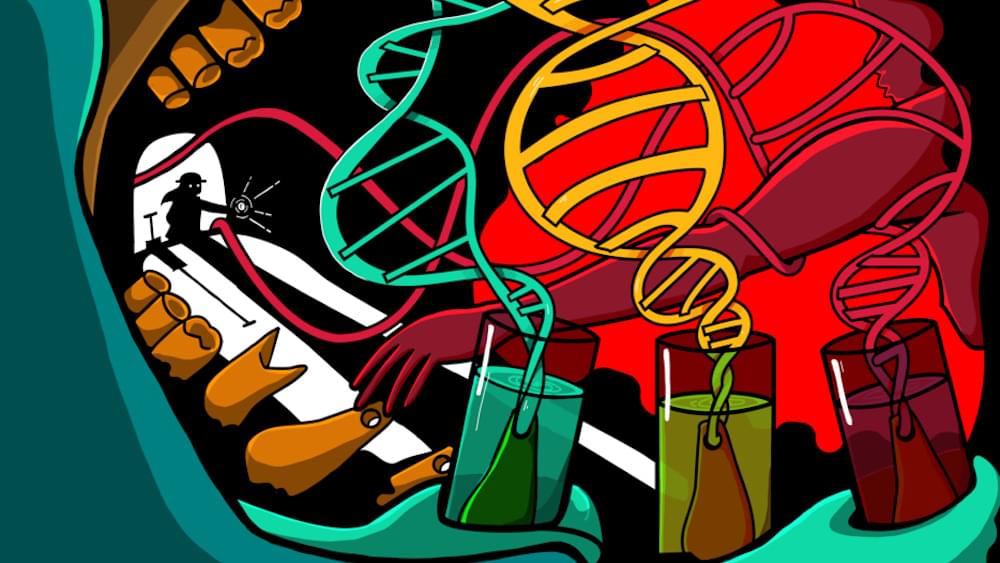

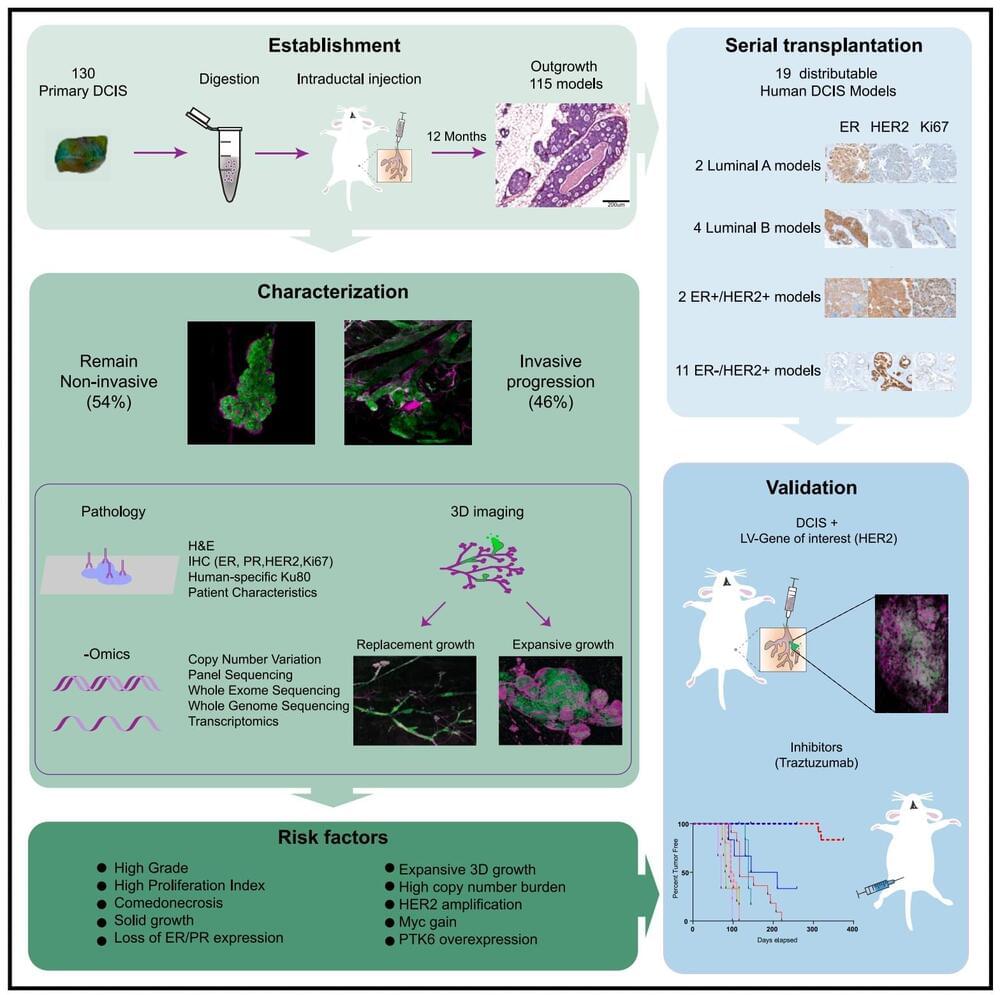
An international team of researchers led by the Netherlands Cancer Institute developed a method to better predict the outgrowth of ductal carcinoma in situ (DCIS), a possible precursor of breast cancer, into invasive breast cancer. Using mice into which cells from women with DCIS were inserted, researchers can better identify which DCIS patients are at risk for breast cancer.
The study was published in Cancer Cell and is part of PRECISION, a major international research project on DCIS.
DCIS consists of aberrant cells in the milk ducts of the breast. In the Netherlands, it is found in about 2,300 women a year, about 80% of them detected at breast cancer screening. This is because calcium splashes can be seen on the X-ray of the breast (the mammogram), which may indicate DCIS.
Next week will see the first Sheba Longevity Conference, a meeting that will bring together all relevant stakeholders in the multidisciplinary field of longevity medicine, providing a forum for showcasing outstanding research and scientific breakthroughs. The conference will also include the opening ceremony of the public academic hospital longevity center at Sheba Hospital.
The conference aims to foster collaborations that will accelerate the translation of scientific discoveries into clinical practices and facilitate a shift in Israel’s national healthy longevity policy. The event will also include an exhibition space for sponsors, partners and industry representatives to promote dialogue and showcase their work.
Longevity. Technology: Kirkland, Rando, Barzilai, Maier, Zhavoronkov, Verdin, Mannick… the Sheba Longevity Conference has bagged some longevity A-listers who will be discussing senescence, geroscience, global longevity, aging clocks and more. We sat down with one of the founders of Sheba Longevity, Dr Evelyne Bischof, to find out more.

Out in the wider world, patients usually go to their doctors because they have a lump that they can see or feel. It might be under their jaw, on their cheek or behind their ear.
But here at MD Anderson, most cases of salivary gland cancer are found incidentally, because our patients are getting CT scans for some other reason.
Salivary gland cancer almost never has symptoms, but the high-grade aggressive types can get big fast. Since they’re occurring in a confined space, there may be some discomfort associated with the growing mass. Someone’s ear might feel full, for example, or their jaw might feel tight. But the mass itself is not usually painful.
August will see the second annual Longevity Summit take place in Dublin. Packed with keynote presentations by leading experts in the aging field, the summit will showcase some of the latest – and most exciting – research and innovations in the longevity space.
Longevity. Technology: One of the Longevity Summit’s most-anticipated speakers is eminent gerontologist Dr Aubrey de Grey. Since the launch of the Longevity Escape Velocity Foundation, which Dr de Grey announced at Dublin last year, news on progress of its flagship research programme Robust Mouse Rejuvenation has been keenly awaited, as has further details on its research into transplants on demand.
Earlier this week, we caught up with Dr de Grey to find out more about the conference, its speakers and agenda, and today we dig into what he and LEV Foundation have been up to.
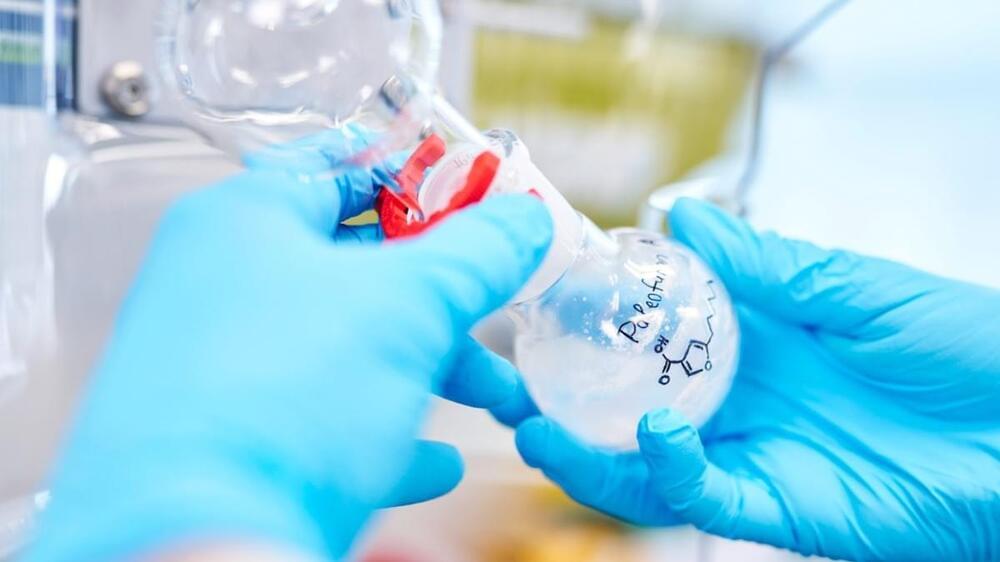
Year 2014 face_with_colon_three Basically the whole bodies cells could be a pacemaker enabling even immortality with electricity at low voltage.
In pigs, scientists have succeeded in turning cardiac muscle cells into specialized pacemaker cells. Such technology could eventually replace electronic pacemakers, researchers say.
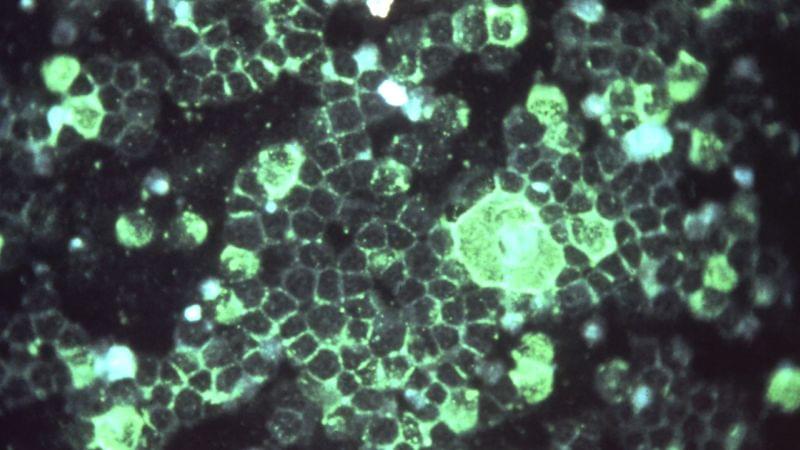
After a 60-year scientific quest, the world has its first vaccine to protect against respiratory syncytial virus, or RSV – and more are on the way.
On Wednesday, the US Food and Drug Administration approved Arexvy, made by GSK, which is designed to be given as a single shot to adults 60 and older.
It could be available for seniors as soon as this fall, pending a recommendation for its use from the US Centers for Disease Control and Prevention’s Advisory Committee on Immunization Practices, which next meets in June.
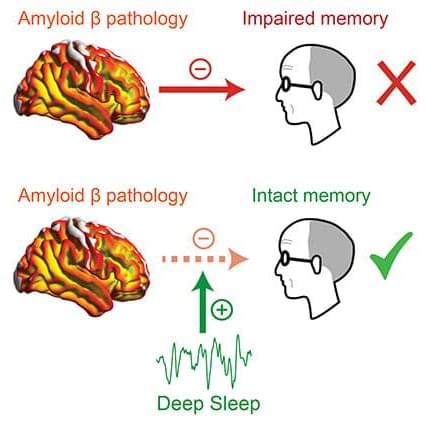
A deep slumber might help buffer against memory loss for older adults facing a heightened burden of Alzheimer’s disease, new research from the University of California, Berkeley, suggests.
Deep sleep, also known as non-REM slow-wave sleep, can act as a “cognitive reserve factor” that may increase resilience against a protein in the brain called beta-amyloid that is linked to memory loss caused by dementia. Disrupted sleep has previously been associated with faster accumulation of beta-amyloid protein in the brain. However, the new research from a team at UC Berkeley reveals that superior amounts of deep, slow-wave sleep can act as a protective factor against memory decline in those with existing high amounts of Alzheimer’s disease pathology —a potentially significant advance that experts say could help alleviate some of dementia’s most devastating outcomes.
“With a certain level of brain pathology, you’re not destined for cognitive symptoms or memory issues,” said Zsófia Zavecz, a postdoctoral researcher at UC Berkeley’s Center for Human Sleep Science. “People should be aware that, despite having a certain level of pathology, there are certain lifestyle factors that will help moderate and decrease the effects.
